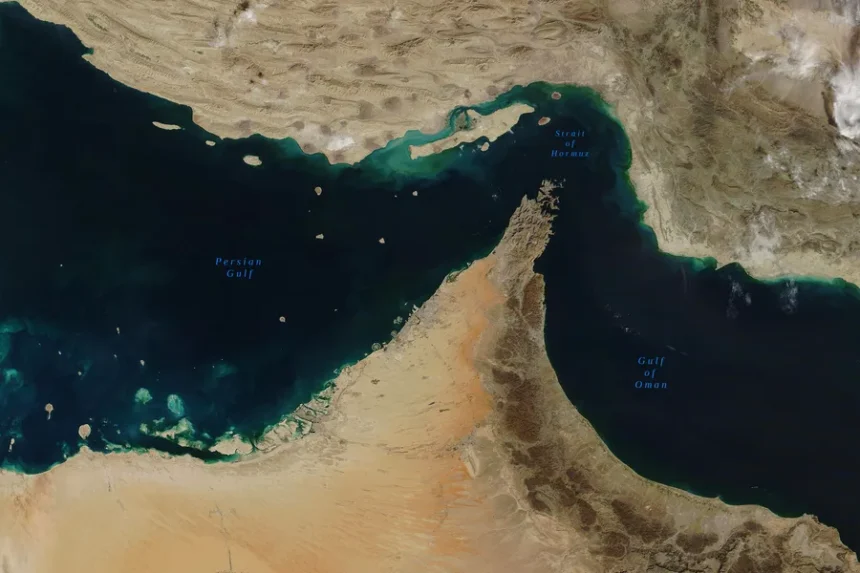While there haven’t been major disruptions to global oil supply yet, the recent attacks on Iran – first by Israel and then by the U.S. – have rattled investors. This has led to a roughly 10% jump in oil futures prices, driven by fears that Iran could retaliate by disrupting shipping traffic in the Strait of Hormuz, CNN reports.
From the perspective of the global economy, few places are as strategically vital as this narrow maritime passage.
The Strait of Hormuz, located between the Persian Gulf and the Gulf of Oman, is only 21 miles wide at its narrowest point. It serves as the sole transit route for crude oil from the oil-rich Persian Gulf to the rest of the world. Iran controls its northern side.
According to data from the U.S. Energy Information Administration (EIA), approximately 20 million barrels of oil pass through the strait every day. This represents roughly one-fifth of global daily production, leading the EIA to label it a “critical oil chokepoint.”
On Sunday evening, after the U.S. conducted airstrikes on three Iranian nuclear facilities, the price of Brent crude oil, the global benchmark, briefly surged above $80 per barrel, according to Refinitiv data. This was the first time it had reached this level since January. Prior to the conflict, prices had generally fluctuated between $60 and $75 per barrel since August 2024.
Whether oil prices will continue to rise now depends on Iran’s response. Rob Thummel, a senior portfolio manager at energy investment firm Tortoise Capital, told CNN that a potential disruption in the Iranian-controlled sea route would cause oil prices to jump towards $100 per barrel. Closing the strait would particularly negatively impact Asian economies that rely heavily on crude oil and natural gas deliveries through this critical route.







